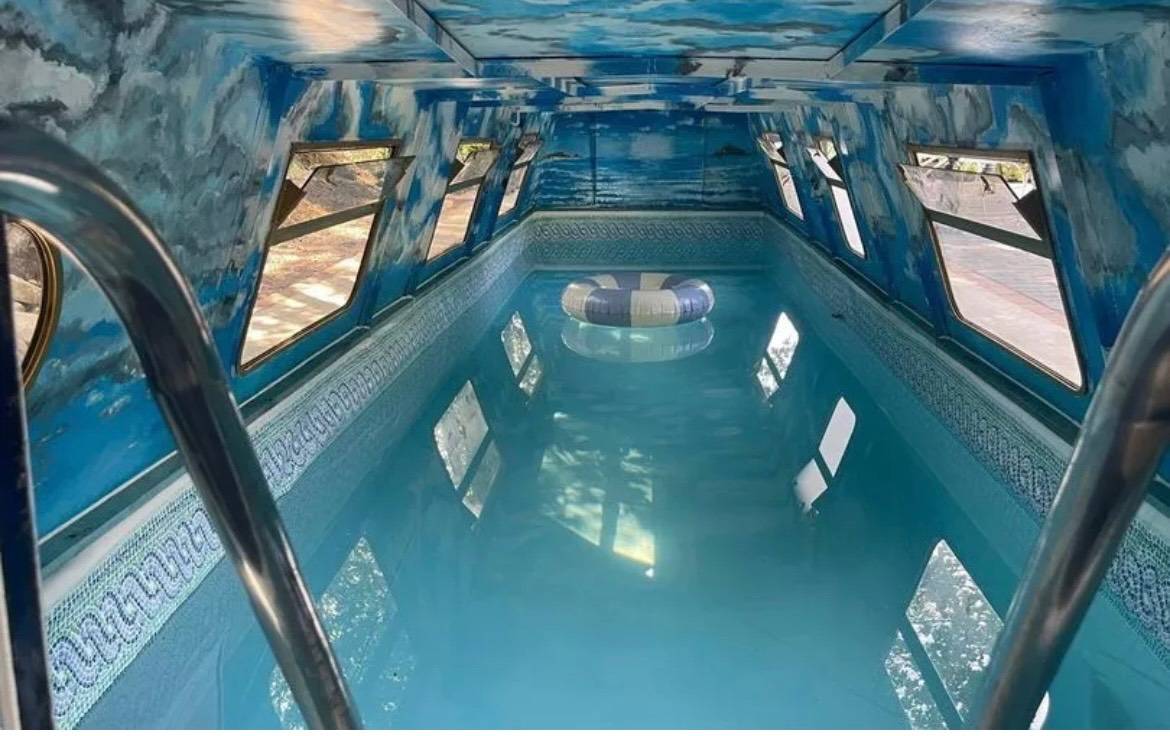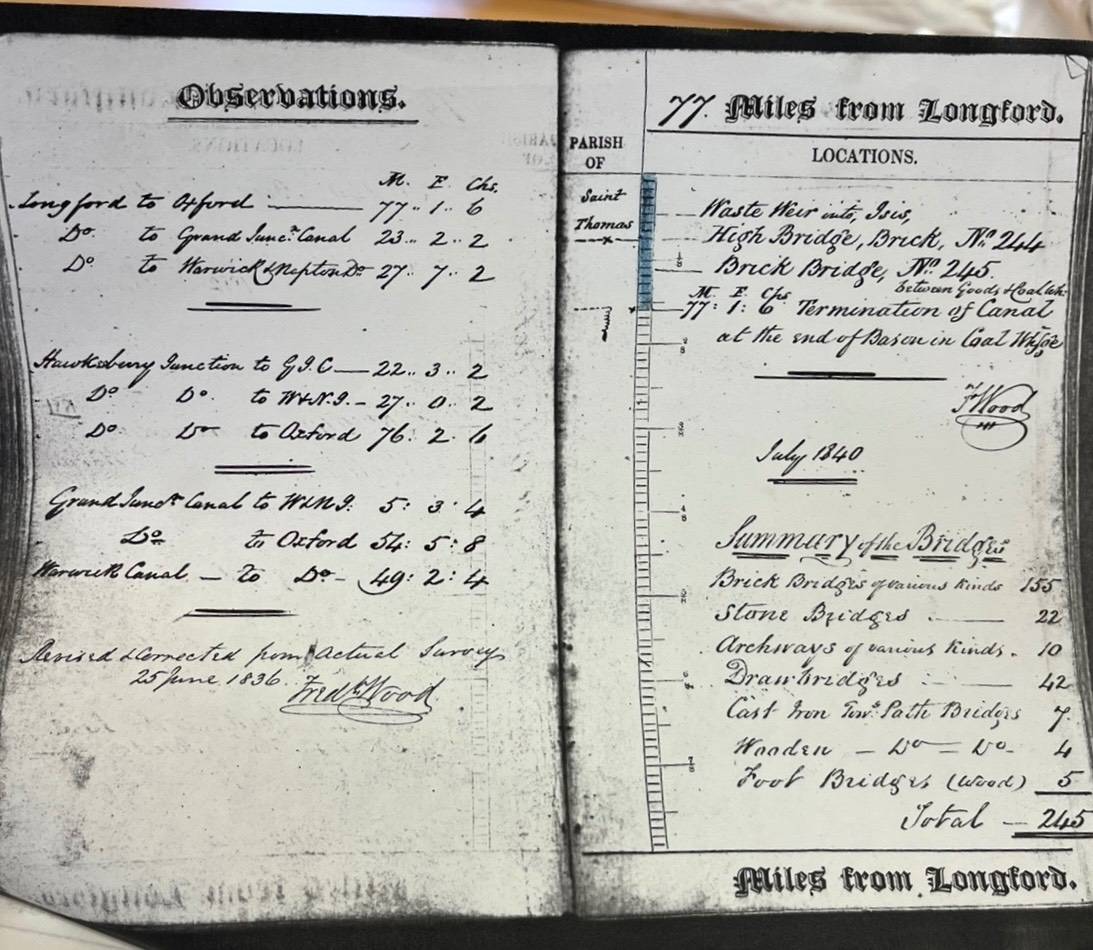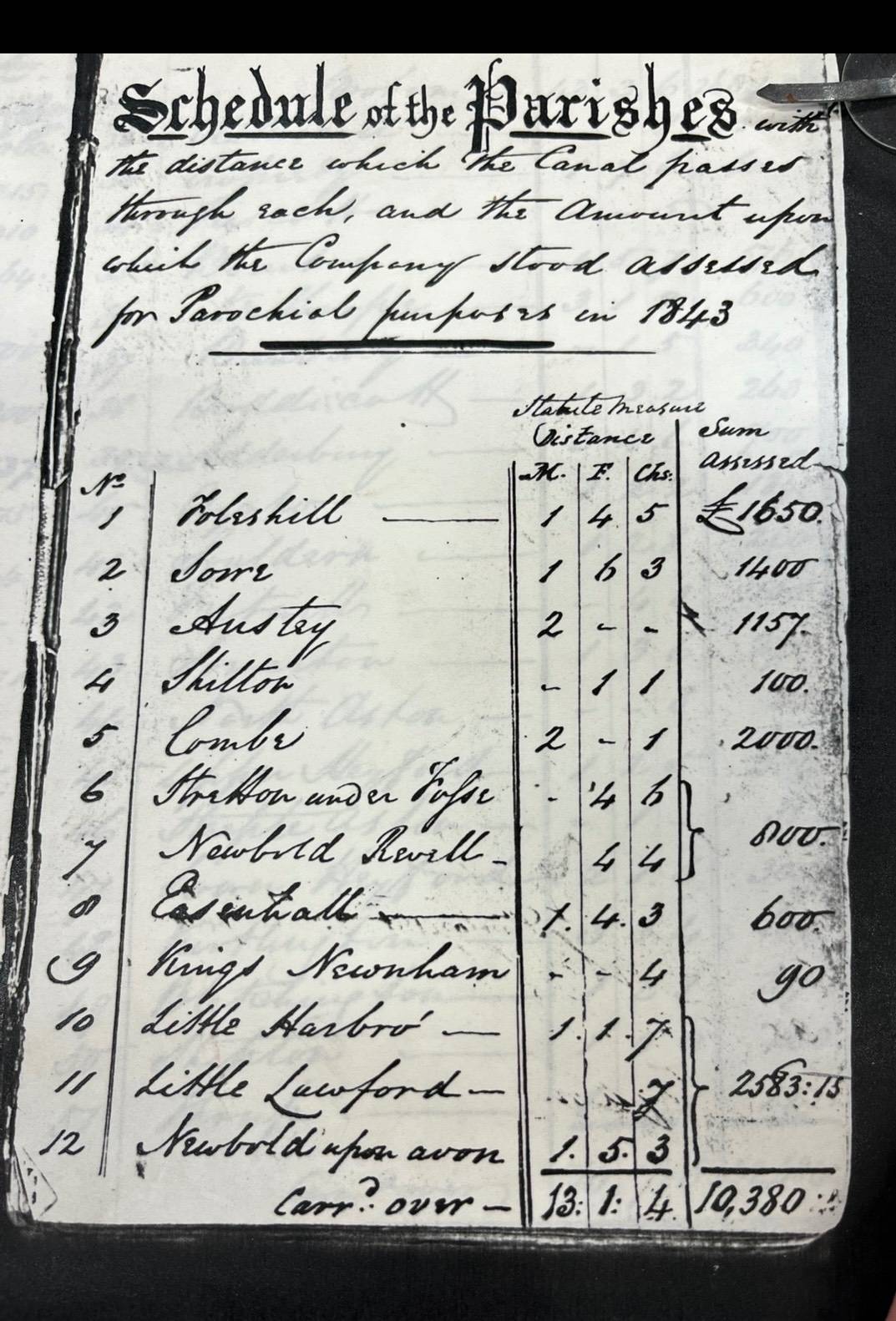

Greenpen
Member-
Posts
39 -
Joined
-
Last visited
Profile Information
-
Gender
Male
-
Location
Banbury
-
Occupation
Retired
Recent Profile Visitors
991 profile views
Greenpen's Achievements
Engager (3/12)
20
Reputation
-
Greenpen started following NB Hardy restoration , How fast did flyboats go? , Width of bed in cabin and 7 others
-
What’s an unladen swallow? A hungry one perhaps?
-
Thank you for all the replies, very helpful indeed. The outline has been drawn about 2 feet 10 inches. It is actually very difficult to map the cabin furniture onto a plan because of the tapering of the hull and the way it narrows from the cabin superstructure and hull shape. It is now okay but not perfect!
-
I am trying to determine the width of the athwart bed in a working boat cabin. I am trying to draw the outlines of the contents of the cabin on the floor of Tooley’s Historic Boatyard Museum and it’s not proving straightforward! The dark blue represents the boatman’s cabin of NB Hardy. The masking tape shows the positions of (left to right) the steps down, range and bed. The wood object is the drop down table top. The bed is currently 3 feet wide. Two people in a 3 foot bed is cozy and I have been told it would have been wider. However, firstly I cannot fit it in and, secondly, I have a plan from Yarwoods for a tradition boatman’s cabin that shows it as 3 feet wide. I guess it may have varied but I would welcome any comments on its width. (Or of course, anything else!)
-
Unless you hit the coast a marine boat does not contact solid things. GRP would find it hard to survive bridge holes, lock sides and bouncing through a tunnel!
-
Pop into Tooley’s Historic Boatyard when passing through Banbury. Open Tuesday to Saturday mornings and there may be a volunteer available to show you around. Museum, dry dock, machine shop (belt room) and working forge. Good place to spend an hour immersed in the history of the Oxford Canal.
-
Tiny bit of journalistic licence in the article! I am sure Hardy carried many types of cargo but coal from the Warwickshire coalfields to Banbury was a well documented route. The museum at Tooley’s Historic Boatyard has some photos of Hardy delivering coal to wharves in Banbury such as United Dairy’s plant. The driving force behind the Oxford Canal was Roger Newdigate, a man who owned coal mines near Bedworth and was MP for Oxford University. Like many he noticed the huge financial success of the Bridgewater Canal and saw the opportunity to increase his mining profits by moving coal cheaply to Oxford and onto London. Initially the canal suffered, its construction stalled for many years after it reached Banbury, but over its life was hugely profitable. Indeed, it remained profitable until nationalisation in 1948. Hardy was built in Braunston and would have passed through many times carrying coal south on the Oxford Canal. She was also abandon and sunk at Braunston when recovered by Tooley’s.
-
Here’s another artwork: This one is in a specially constructed lock next to an entrance to a tunnel at a hotel in Coleshill, Warwickshire. As you can see it is the property’s swimming pool! Google narrowboat swimming pool for lots more information, videos and photos.
-

Rennie's 1894 report on the Thames and associated canals
Greenpen replied to magnetman's topic in History & Heritage
That is very interesting indeed, thanks. I have previously wondered what the canal surveys prepared by engineers were. That one by Rennie seems a fairly comprehensive review. But I wonder what Brindley did as he is credited with conducting “ocular surveys” of his canal routes. I have always assumed this meant a visual inspection of the land, perhaps giving an indication of a route with the detail then left to others. But some people call the eye piece of an optical instrument the ocular so maybe Brindley’s surveys were actually conducted with some sort of surveying device? -

An English canal, somewhere, but where?
Greenpen replied to davidwheeler's topic in History & Heritage
The problem with artists is they paint what they wish to portray rather than what’s actually there! I think some impressionists painted a more or less recognisable Thames but it would have been nice to see a Picasso rendition of the BCN! -

Accuracy of historic distances in Bradshaw and similar?
Greenpen replied to magpie patrick's topic in History & Heritage
Determining the length of a canal is problematic! Over time some bits might be removed, others added. There maybe navigable arms that some people measure but others do not. I spent some time trying to determine the length of the Oxford Canal which was difficult as about 14 miles were removed when it was straightened in the 1800s. Also, the addition of a lock could add something (three at Hillmorton) to a precise measured distance. In the case of the Oxford even the CRT had it wrong! Authors tend to find a published source for the length and use that, which can effectively carry forward and propagate a mistake. The best way of determining the length is if a chain survey performed by the canal company still exists. These were done very accurately probably as the canal company had to pay parishes rates (might have been called something different) based on the length of the canal in a given parish. I have an Oxford Canal Chain Survey, well the photographs so here are examples: -
A bit off topic, but the deepest lock in the world is at Ust Kamenogorsk (Oskemen) in Kazakhstan. 42 metres or 138 feet, although as you might expect different sources give slightly different depths. Oskemen is the Kazakh name so perhaps one should call it that rather than the commonly used Russian.
-
To follow up this post, I have been unable to track down a clear photograph of Mr George Tooley (Senior) but an artist has done a “artist’s impression/identikit” of him as a young man. Based on a couple of photos that we do have but not showing a clear face. Dapper chap! If you find yourself in Banbury then visit Tooley’s Historic Boatyard. The yard itself, still a working boatyard with the original 1778 dock and forge, various buildings, including a belt room, dating from the Tooley’s time, a small museum and NB Hardy undergoing restoration. Check the website for opening times and other information.
-
I have become interested in how the word hole is used on the canal system and by the boatmen. This started with the usual discussion about the pronunciation of winding hole but the hole part became more interesting. Here is my list to date: winding hole bridge hole engine hole bed hole weir hole Bumble Hole Are there others you know of? Weir hole may not be self explanatory. It was pronounced wire and referred to the culvert the water went down after crossing the lip of the weir at a lock. It could have been spelt wear I suppose, were a boater to write the word.
-
I think there is more than one correct answer being suggested here and they may all be right depending on the terms for defining Nursers. William Nurser operated from 1875 as William Nurser & Sons. William died in 1899 but the company continued until 1927 when it was wound up. However, two of Williams sons, Frank and Charles, together with a Mr Hitchman (spelling?), set up Nurser Bros the same year. Nurser Bros continued until the business was sold to Barlows in 1941. Hardy was the last narrow boat build by Nurser Bros although more boats were built, the line ending with Raymond. Incidentally, the boatbuilder was Charles Nurser rather than the more well know Frank. Frank was the painter and administrator and much more the public face of the company, but it was Charles who was primarily the builder. I am sure Frank could build a jolly good narrowboat but Charles was the person most involved in actual construction. Hardy is indeed the narrowboat seen sunk in the Oxford Canal at Banbury from time to time, but mostly she floats! She seems to sink about twice a year and whilst usually pumped out, refloated and patched within a few days but has been left longer to stop timbers drying out more during our long hot summers! Hardy was recovered by Tooley's from Braunston where she had been abandoned and sunk for quite some time. The CRT wanted her gone but recognised Hardy as an historic boat and offered her to Tooley's. There is now a group of volunteers at Tooley's Historic Boatyard who are working regularly on the restoration. The idea is to restore her to condition she would have been in as a working boat in 1960, albeit with solar or hydrogen power. She still carried coal regularly to Banbury from pits in the Midlands at that time. It is this carrying link that connects Hardy to Banbury. There is no intention as far as I know to restore Hardy to "showroom" condition. The Tooley volunteers have built a top to protect the boat and allow working in inclement weather. The draw was to raise money to further help the restoration. Some 2" oak planks were bought recently after other fund raising to replace some of the side planking and they also have a stock of elm planks for the bottom, very generously donated by a supporter. As far as I know the raffle proceeds will be used to buy tools to allow the restoration to proceed. I am sure that if anyone is interested in helping with the restoration in any way Tooley's would be delighted to hear from them. They have a website where you can find much more detail.
-

History and mechanics of water mills
Greenpen replied to magpie patrick's topic in History & Heritage
Brindley’s Mill in Leek is open to visitors but check times as it is staffed by volunteers and not open every day. It’s a very interesting place to visit and an example of Brindley’s pre-canal work at the start of his career. The mechanism works and there is a museum display in the mill.









